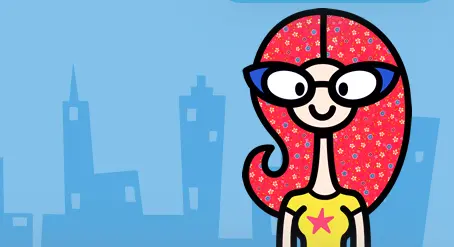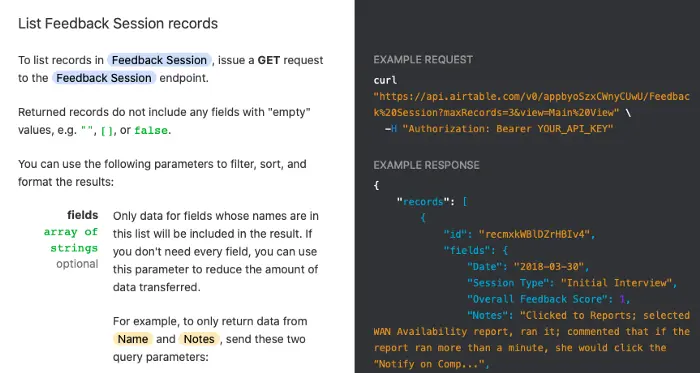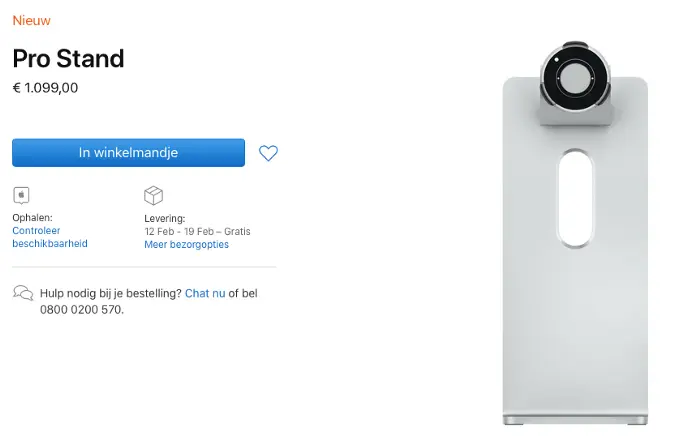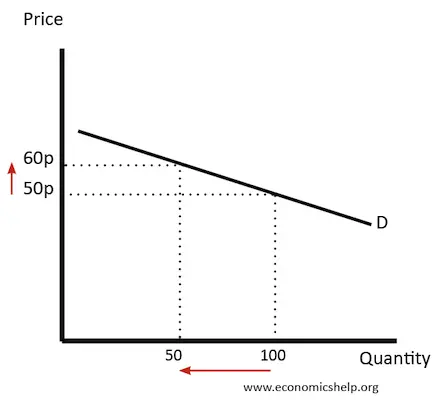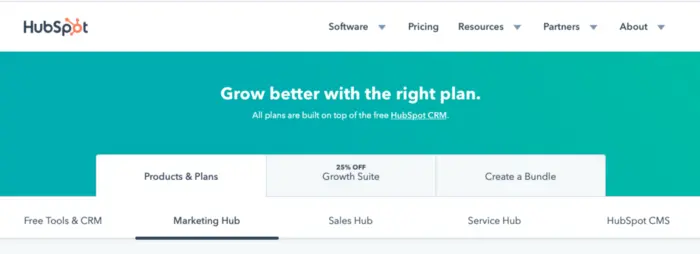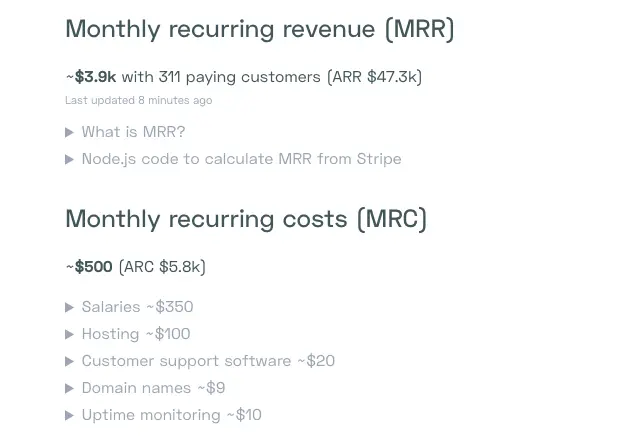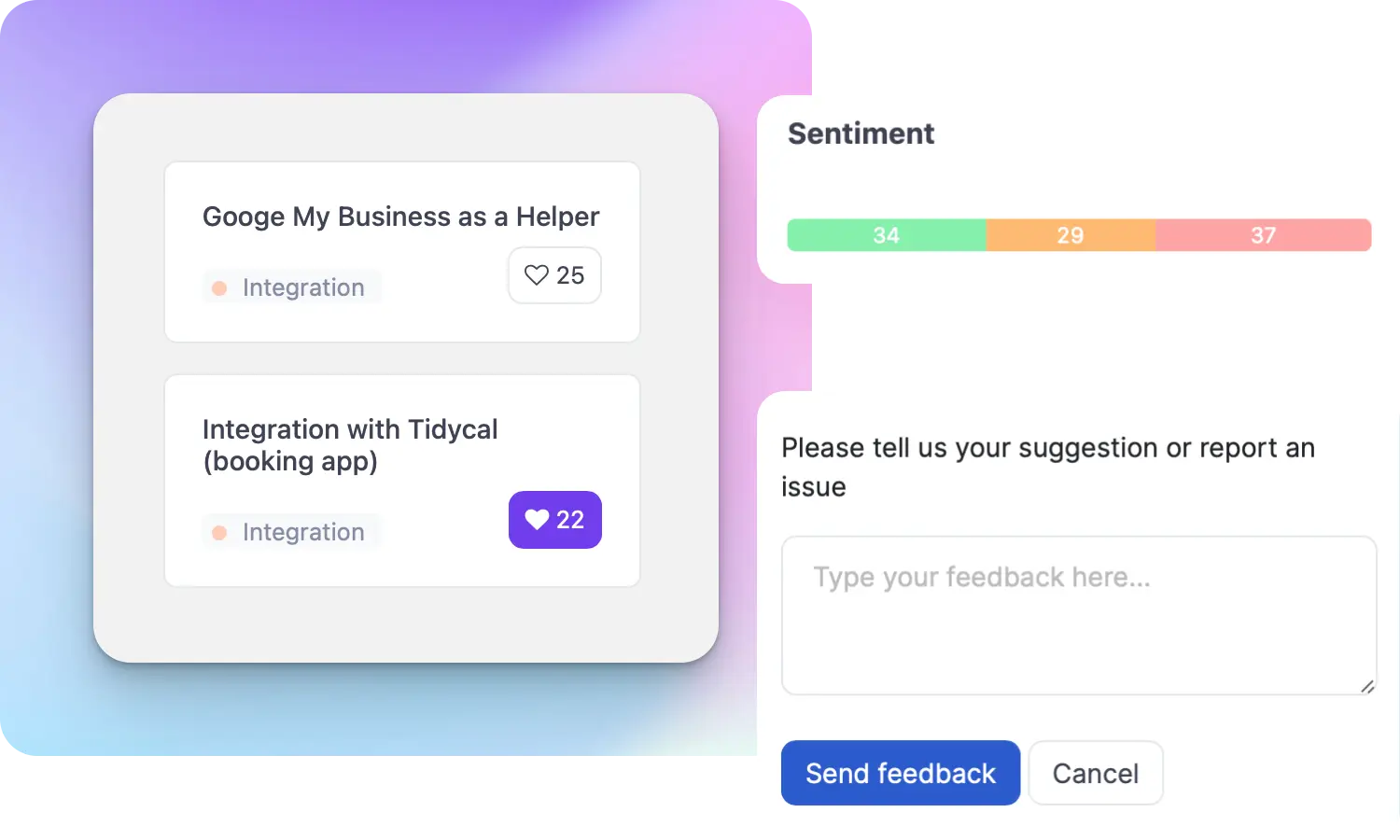19 Proven Tactics to Position Your SaaS for Business Success

Ruben Buijs
Updated on Nov 19, 2025
Product managers have to tell customers how their product is distinctive from others. You can stand out from the crowd if you can do that well. It can be your way to get a competitive advantage in a market where more significant players dominate.
I believe this is an underdeveloped topic for SaaS. I've dealt with this topic during my Master's in Strategic Management and my 10-year Management Consulting experience at Accenture and Ernst & Young.
Some say there are only three differentiation strategies (highest quality, lowest price, and best service). However, I think that there are many more nuances to SaaS products. This article describes which factors are relevant to SaaS companies with some examples.
I distinguish five categories:
-
Product
-
Price
-
Customers
-
Marketing channels
-
Business operations
If these categories look probably familiar, you are right! They are based partly on existing strategies such as Porter's Generic Strategies and the 5Ps of Marketing.
Let's jump right into the tactics!
Table of contents
Product
You can't sell anything if you can't tell anything
Beth Comstock
1. Brand, image, and story
To what extent do your product and brand have their own identity? Are you a follower, or do you do it differently? For example, MadMimi has a unique face, which is much different from competitors. If someone compares ten products for email newsletters, which one do they remember? I think Mimi will be on that list!
This is MadMimi, she doesn't look too mad
Next to brand identity, I think your story is vital. You can share an aspiring history, i.e. “these guys started out of their garage”. Or you can share an aspiring ambition or mission. This is easier said if you build a product to help end world hunger but less clear for day-to-day products.
I heard of an excellent example from Pieter Levels about a Travel app. Making another travel app is quite dull, but how about one for women only? Adding another angle and a mission (helping women to travel safely) brings in a story that defines your product.
2. Focus on UX
Although everyone believes UX is important, ease of use is still difficult to implement. Trello is still one of the best in this area. I have used Trello for so many random lists and boards with so many people. Without fail, everyone could work with the product within one minute.
Please understand what the previous sentence means. It does not say that everyone can find every feature within one minute. It means that people understand how the essential functions work and how to get value out of the product right away.
There are tons of blogs and pages written about UX, but ConvertKit is doing it differently. They immediately put users in front of clear videos that explain how the product works. When I started working with the product, it was really helpful to get going.
3. Unique features
To what extent are the features that you offer different? Some products focus on as many features as possible (like Microsoft Word, for example), and others on a few.
The key thing to understand in this area is which features provide value to your customers and which do not. It is relatively easy to build all the features your customers ask for, but doing so will result in a cluttered and unclear system. You need to have focused goals for your product.
For example, I recently learned about a medical app with the goal to improve therapy loyalty. If the feature does not make people more loyal to their treatment, they will not build it. I think this is good and clear for everyone.
How to determine which features to build for your SaaS? Listen to your customers! Ask them for feedback and work with them to determine what is essential and what is not. You can use a tool like ProductLift to help you gather all votes and ideas from customers.
4. More automation
Does your product make the user’s life easier? An example: here is an accounting system that can enter the receipts themselves. If there’s one thing I hate, it’s accounting — so the more automation, the better.
Companies are even employing this in new products such as marketing automation, sales automation, etc. People hate to do repetitive and dull tasks that take a long time. So if your product can help in any of these, you are on the right track.
For SaaS integrations, you will need to take a look at your customers. Are they technical or not? Technical people have no problem using Zapier to connect your product to another one. However, the non-techs do have that problem and will need your help.
5. Amazing docs or API
Can users of your product look up things quickly? I was surprised about the API of Airtable, which automatically adjusts itself to your tables. Super handy!
The API documents from Airtable
Being able to write decent support documentation is an art in itself. Creating good docs is not easy, and it takes a good amount of investment, both time and money. Do not forget that publicly available docs do pretty well on SEO, which could be an additional benefit.
Price
You don't need more sales to make more money. You need better prices
Cici Gunn
6. Cheaper
I am a Dutchman, so I love cheap (we are famous for it). But would this be a good strategy? Is your product cheaper than the rest? Unfortunately, this is a suboptimal strategy in the long term because your cash flow is shallow. It can, of course, give a short-term boost. In this article by Justin Jackson, he explains why his skateboard shop did not run well on a low margin.
I see a trend in the SaaS business: companies mention that you need to pay them because otherwise, you become the product. Everyone knows and uses Facebook/Google/etc and uses them for free. However, these companies make money by selling and using your data. Thus, companies that protect your privacy are asking a price to do so. I think this makes sense, but paying more than $20 solely for this reason is unreasonable.
7. More expensive
Making more money and margin is possible by increasing your price. Setting a high price is a tactic that Apple and luxury brands use. Expensive products are perceived to be of better quality, even if this may not actually be the case (like luxury bags or perfume). If you apply this method, your product must differ significantly from the rest. For example, this will not be successful if you attempt to sell super expensive gasoline.
Apple's monitor stand
8. Digital pricing models
In the SaaS world, you have a lot of models between cheaper and more expensive. Some examples are free trial and freemium, but also free with ads like what Spotify offers.
For pricing models, please consider the old-school price elasticity curve (which still applies). When you increase the price, your demand will drop in quantity. So basically, if you increase the price, you can expect to sell fewer products. That makes sense, right? One thing is that each product has its function and steepness of the curve. So companies are trying out to find the customers’ optimum in price, and thus quantity.
Find your SaaS’s price elasticity curve
“My product can scale indefinitely, so I want to sell as large a quantity as possible!”. Great! But keep in mind that your product may be well able to do so, but how about sales, customer service, and getting people from using the product to success? Providing expensive customer service to users that pay almost nothing is not sustainable. In sum, please test your pricing.
9. Bundling
Combining several products can present benefits for you and your customer. Hubspot combines a lot of software in one. Because of this, they can offer a different value. By bundling, they can ask for a lower price than all individual products combined but a higher price than for one single product.
Hubspot's bundling
With bundling, you often see that companies "lure" you in with a cheap offering and then up or cross-sell.
This is classic supermarket behavior. They put some cheap products in their ads, and you come over to buy them. So now, you don’t just come over for the deals on beer — you come to do all your groceries. You don't even compare the price of the salads with other shops, you will just buy them at that supermarket.
Another benefit of bundling is the increased locked-in costs. If a customer wants to leave a bundled product, they need to find a replacement for all, and if they don't do so, they will pay a premium.
10. Payment terms and payment method
This is an old-school differentiator, but I no longer see payment conditions and payment methods as a differentiator. In SaaS, everyone has Stripe or Adyen, and every one offers flexible terms and several payment methods.
You do see a discount for longer durations. For example, taking the product for one year gets a 10% discount. I disregard this as a differentiator, but it is a good practice. Getting customers to sign up for multiple years provides you with more upfront cash with the ability to spend immediately.
Customers
Customers buy for their reasons, not yours.
Orvel Ray Wilson
11. Geographically
This one seems obvious to me. Do you choose one country, one continent or the whole world? In the SaaS world, it depends on your type of customer. Some customers are used to doing business worldwide. For example, I can't find many Dutch blogs about product management myself, and often these are in English. This means that product managers have fewer problems doing business worldwide. However, this is entirely different for a local bakery.
12. Focus on different team sizes & phases
Do you go for the big enterprise customers as Salesforce does? Or are you going for the Indie Hackers? You can also specify further between companies in the startup and funded phases.
Keep in mind your pricing, service, and sales cycles. An enterprise customer often takes longer to reel in, needs more assistance, but will want to (and can) pay a higher price.
13. Unique personas
Who is your typical customer? Are you going to sell to men over 50, or will you focus on women around 20? Do you make software for Boomers or Millennials?
Marketing channels
The essence of strategy is choosing what not to do.
Michael Porter
14. Direct sales or through an intermediary
Most SaaS companies sell the software themselves, and customers can sign up on their website and start a pricing plan.
But, many will also engage intermediaries to help and be able to approach the market more widely. Intermediaries are interesting, but they are often not free (e.g. percentage of sales).
A commonly known intermediary is lifetime deal platforms such as AppSumo. They serve a purpose and can help you generate leads, sales, and fame. But remember, you are maybe cannibalizing recurring revenue users for one-time deals.
In the end, what works comes down to your marketing strategy and your ideal customer profile.
15. Blogs and gifts
Although this factor tends more towards marketing rather than being distinctive, I think it should have a place. Many companies do their best to make beautiful materials and position themselves as experts or full-service company. What is your expertise? (outside selling your product)
One of the many available free ebooks and papers
Business operations
Customer service should not just be a department, it should be the entire company.
Tony Hsieh
16. Transparency
I think this is a trending method. To what extent are you open about your company. Do you provide insight, or do you keep everything secret? I find it interesting to see that SimpleAnalytics publishes costs and revenues publicly.
SimpleAnalytics is an open startup
17. Data portability
To what extent are you locked in on a particular system, or can you easily take your data with you? This has improved a lot since the introduction of GDPR, but it can still be better. For example, Trello can export the entire board to a JSON. Nice! But then, do you still have difficulties understanding what it means and how you should read it.
18. Customer service
For many SaaS companies a #1. It is also often placed on the website as a killer differentiator. According to some, Zendesk has one of the best customer service. Just be careful because promises also create expectations. It is not good if you do not respond within your set 10 minutes. In addition, good service is hard to prove before someone buys. Good customer service will, therefore, in particular, help to reduce churn.
On the other hand, lousy service is suddenly easier to frown upon through various social media posts. Lastly, people remember the extremes and remember excellent customer service, but just good is forgotten.
To up your customer service, you should allow customers to reach you on their preferred channels. You can use Boei, which provides WhatsApp, Facebook messenger, phone, contact form, and many more options in a simple widget for your website or SaaS.
19. Lowest operating costs
To have a fair margin, you can also lower your operational costs. This is an excellent strategy for a traditional offline store such as Lidl. However, I see it disappearing more and more as a differentiator because nowadays, more and more can be automated or outsourced.
If you enjoyed the article and are feeling good, would you mind dropping a like on Twitter? It really does make a difference.
19 tactics to position your SaaS:
— ProductLift (@ProductLiftDev) July 26, 2022
